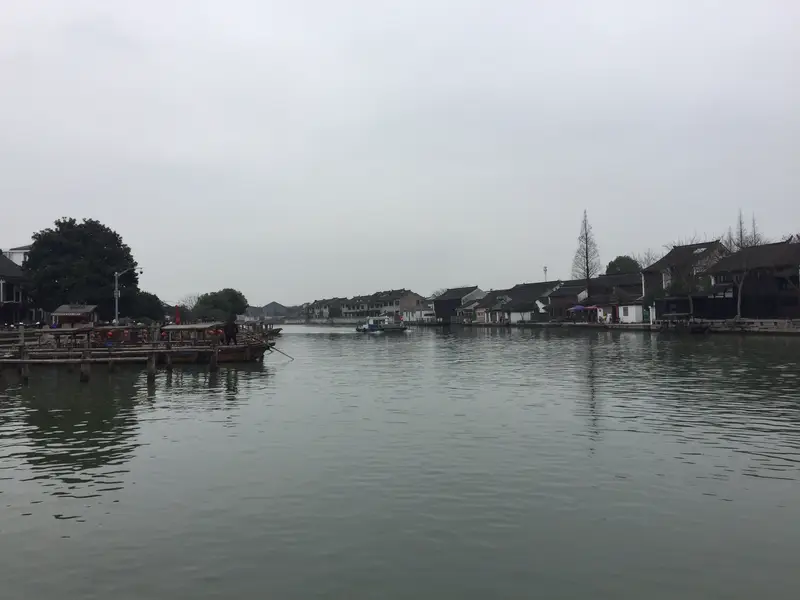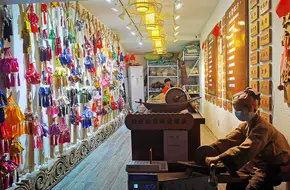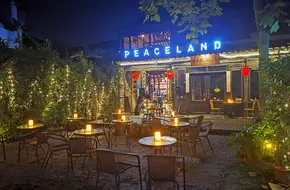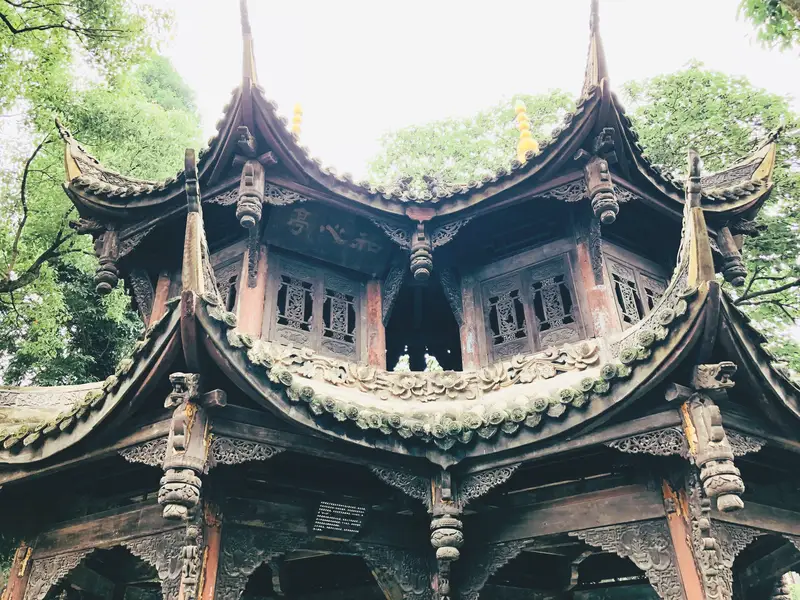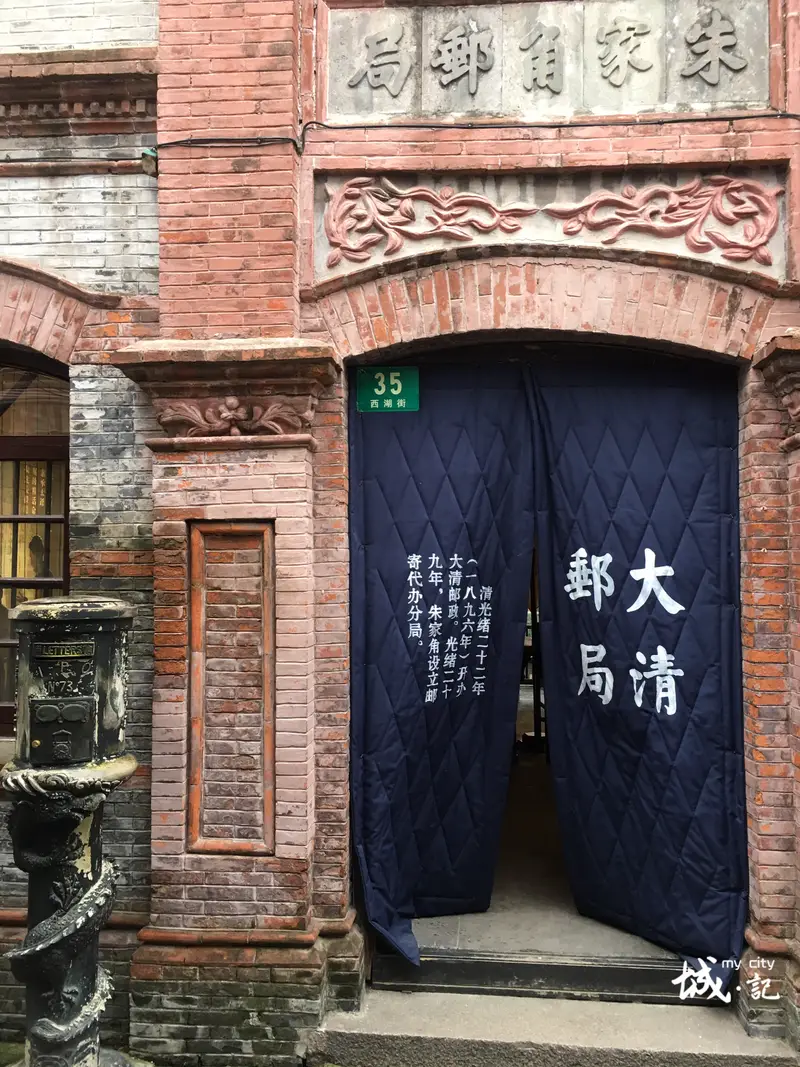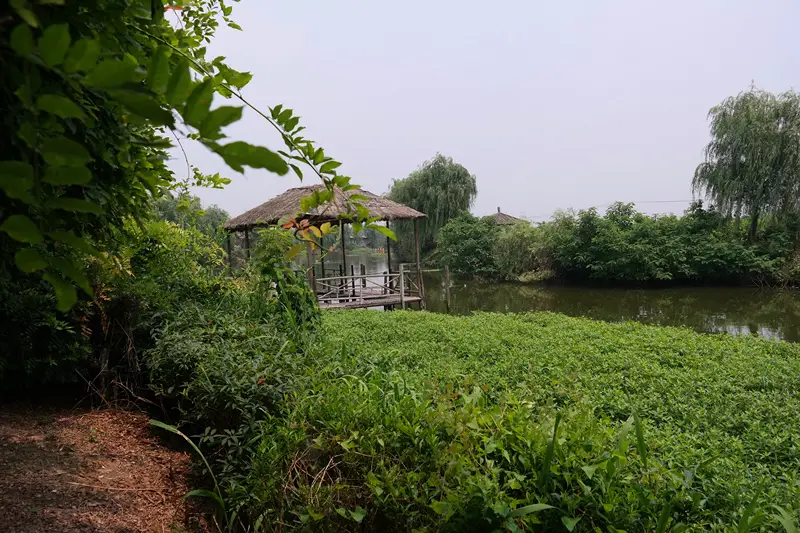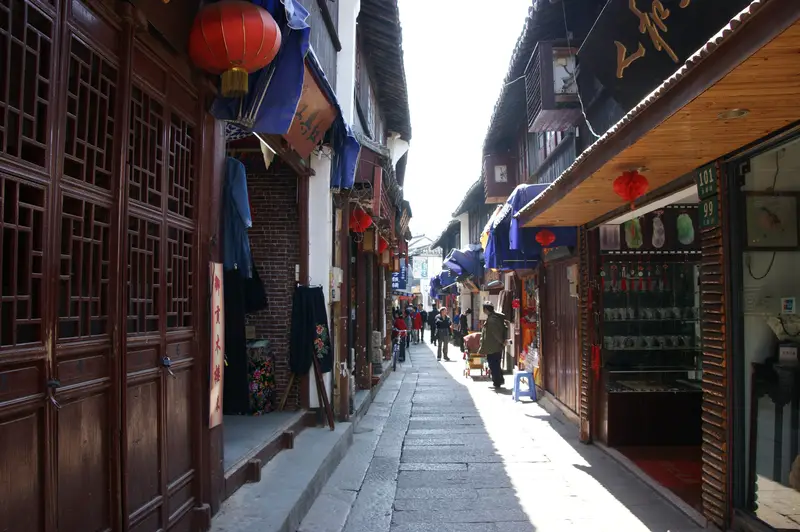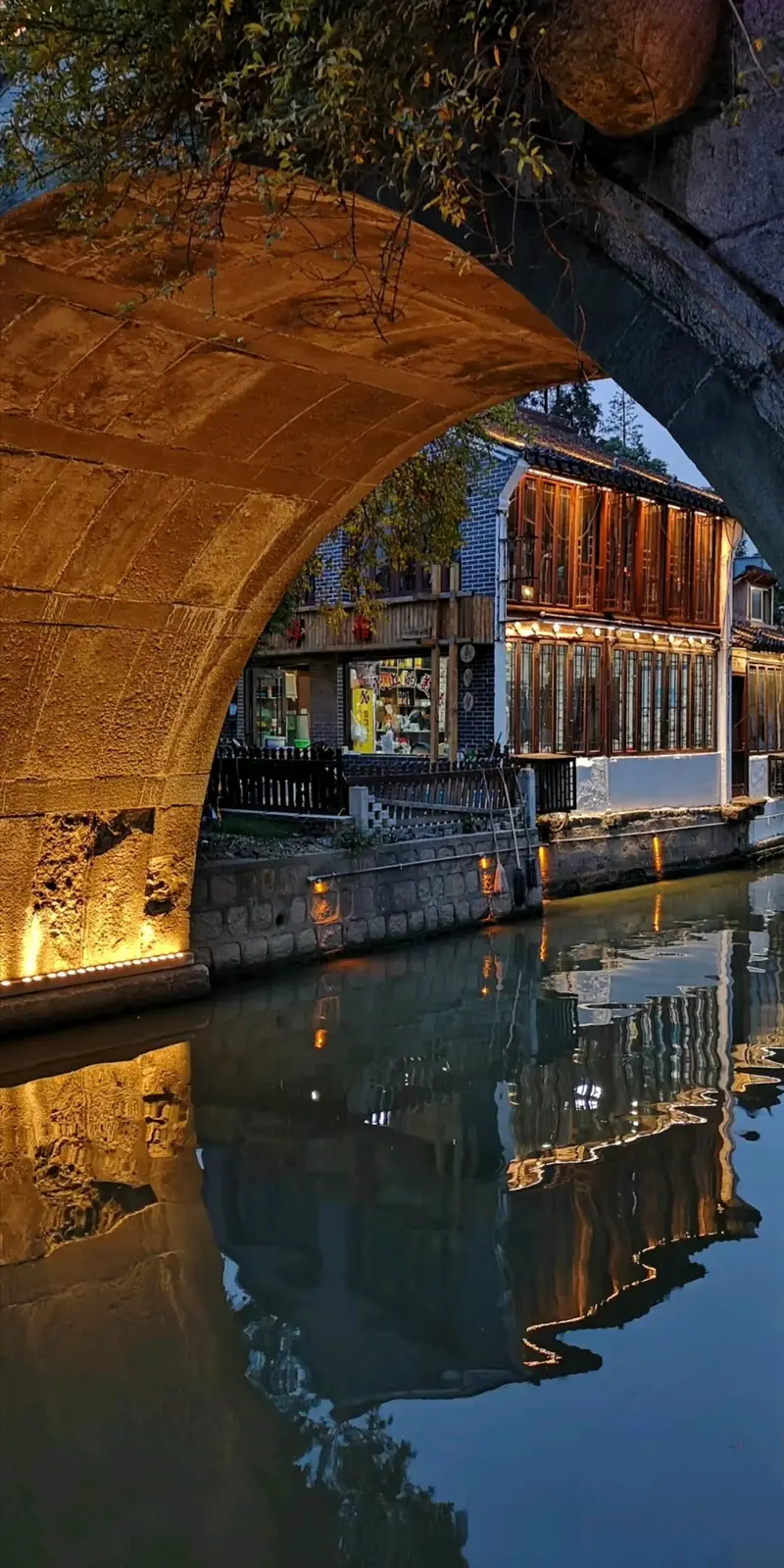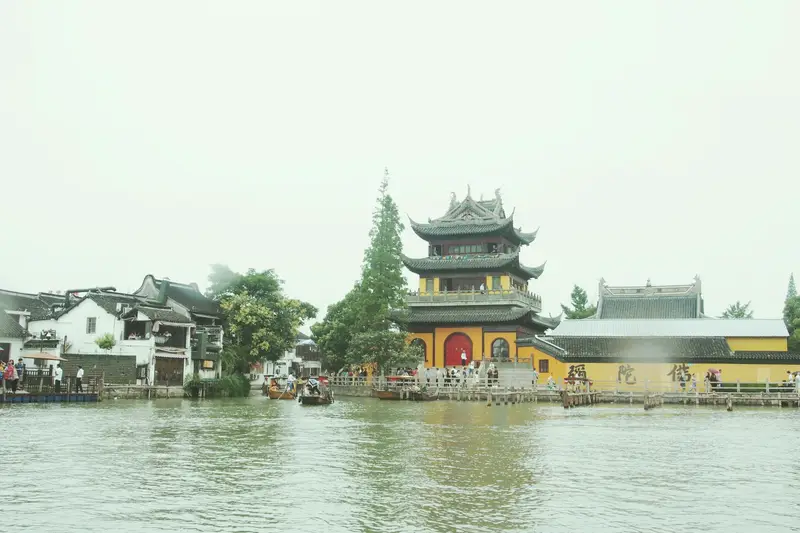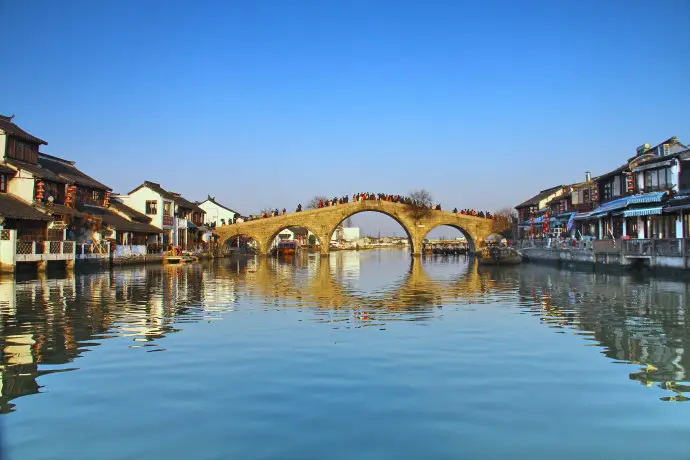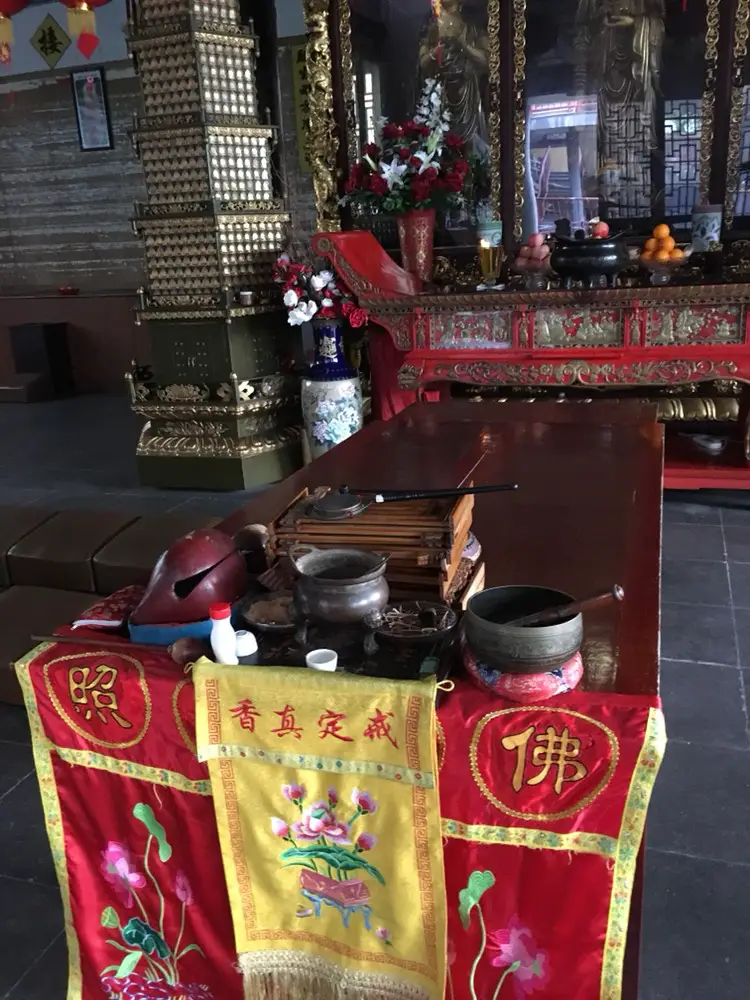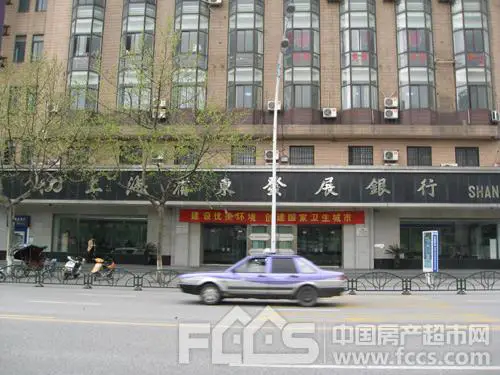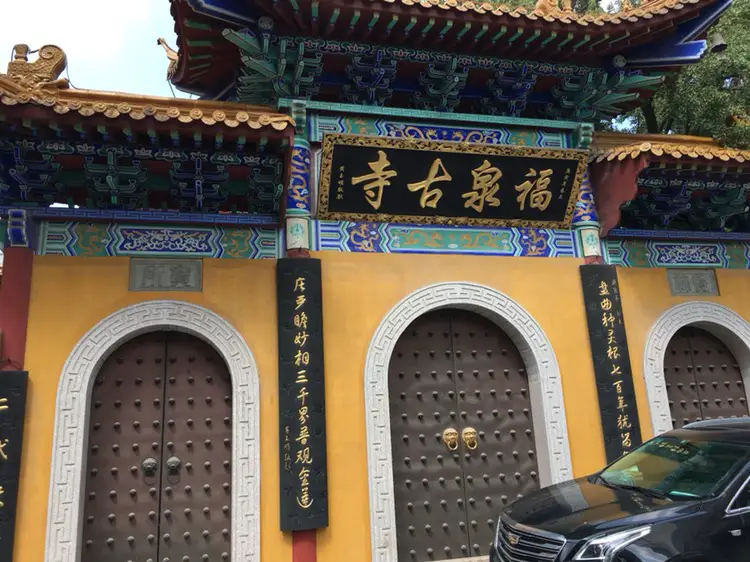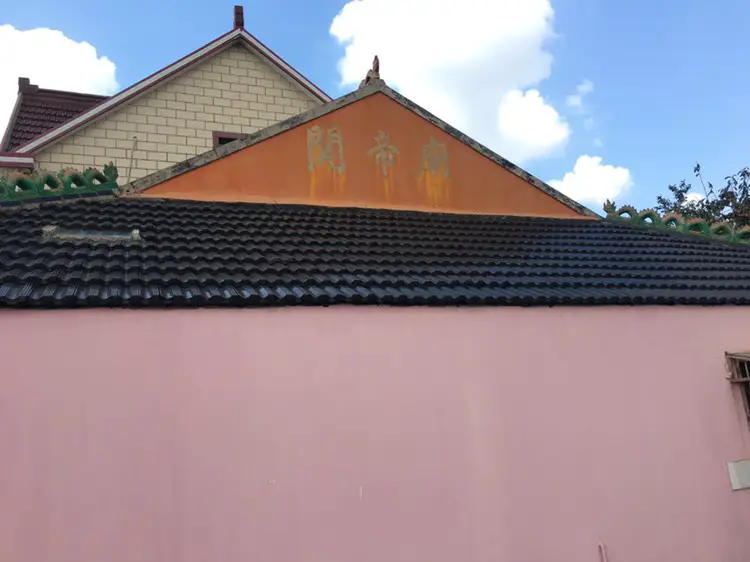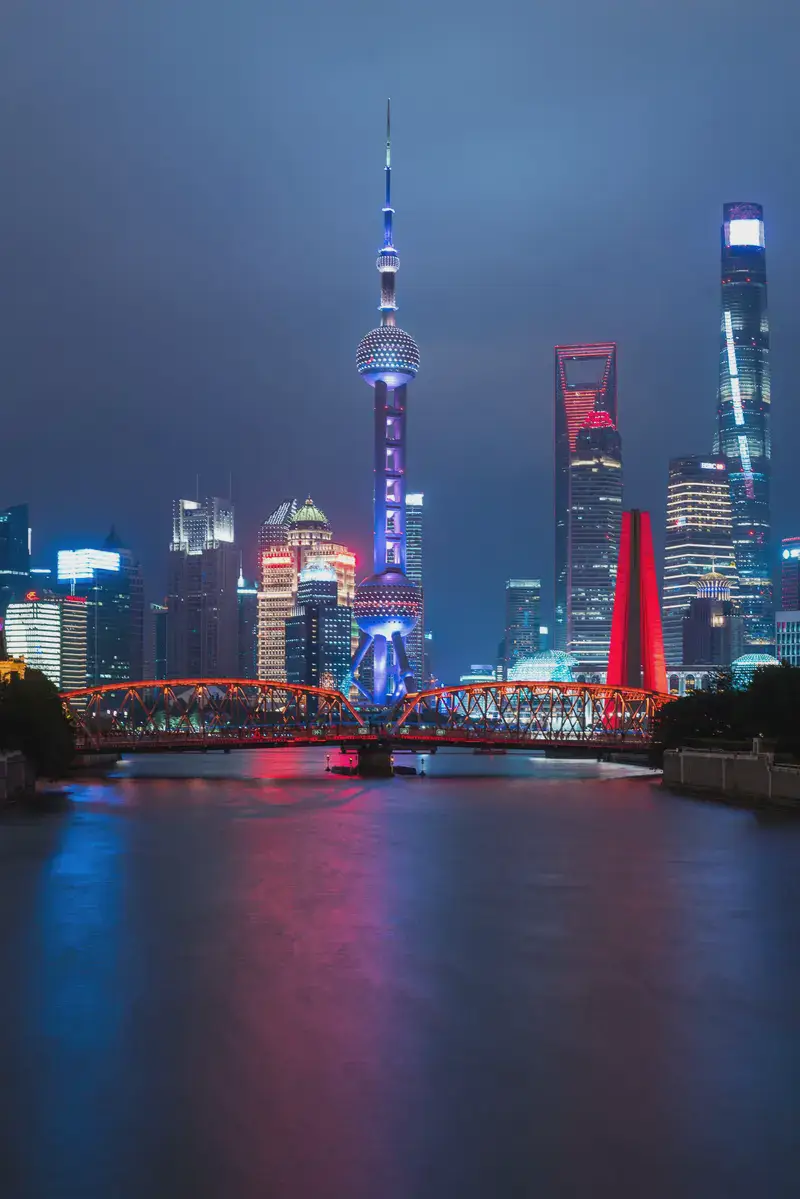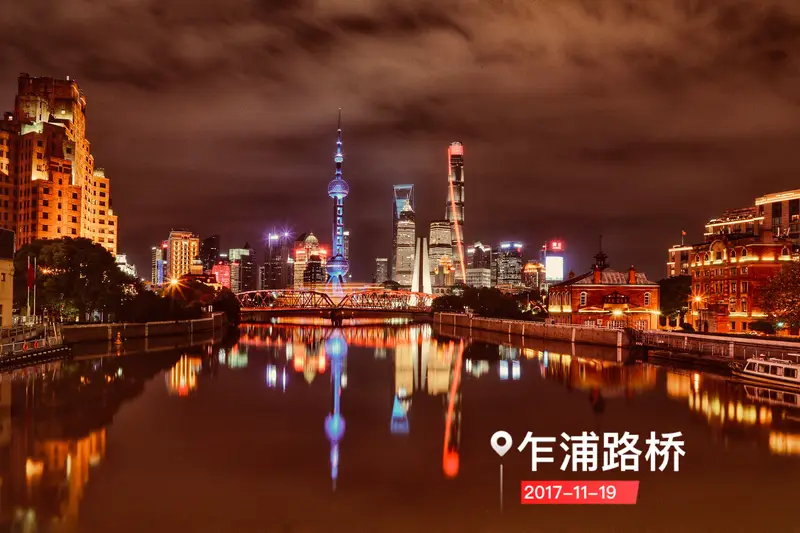Location & Transportation
Huimin Bridge sits at the heart of Zhujiajiao Ancient Town in Shanghai’s Qingpu District, nestled along Beida Street—a historic pedestrian road lined with shops and eateries. To reach it, take Metro Line 17 to Zhujiajiao Station, then a 10-minute walk (or a short boat ride) through the town’s winding alleys. The bridge spans the town’s main waterway, connecting the bustling commercial street (east side) to the quieter Miaoqian Street (west side).
Natural Scenery
The charm of Huimin Bridge lies in its blend with Zhujiajiao’s watery landscape. The bridge arches over a narrow canal, flanked by willow trees and traditional white-walled houses. Locals often point out how the bridge’s wooden railings and tiled roof harmonize with the town’s skyline, especially at sunset when the reflections dance on the water. It’s a perfect spot for photos, especially during spring when cherry blossoms frame the scene.
Cultural Heritage
Huimin Bridge isn’t just a pretty face—it’s packed with history! Originally built as a wooden covered bridge (a rare find in Shanghai), it was designed to shield people from rain and sun. The name “Huimin” means “benefit the people,” reflecting its role as a shelter for traders and travelers. Over time, the bridge was damaged and rebuilt; today’s version dates back to 1996, thanks to a local resident named Chen Shuchang, who donated 100,000 yuan to restore it. The mix of old-world charm and modern preservation makes it a symbol of the town’s spirit.
Architectural Details
What makes Huimin Bridge special? For starters, it’s the only wooden bridge left in Zhujiajiao. The roof mimics traditional Chinese architecture with upturned eaves, while the sides feature carved wooden panels. Though the supports are now concrete (to ensure safety), they’re cleverly disguised with wood paneling to match the古镇’s style. Step onto the bridge, and you’ll feel like you’re walking back in time—except for the occasional tourist selfie!
Accessibility & Amenities
The bridge is easy to access—no stairs or steep slopes, just a gentle slope on either end. Nearby, Beida Street buzzes with souvenir shops, teahouses, and snacks like zongzi (sticky rice dumplings) and churros-shaped “oil sticks.” There’s also a small dock where you can rent paddle boats to explore the canals. If you get tired, try the teahouse by Miaoqian Street; sitting by the water with a cup of Longjing tea is pure bliss.
Off-the-Beaten-Path Tips
Visit Huimin Bridge early morning or late afternoon to avoid crowds. At night, the bridge lights up warmly, creating a cozy glow over the water. For a deeper connection, chat with the vendors near the bridge—they love sharing stories about how the town has changed (or stayed the same). And if you’re into quirky facts, ask about the bridge’s nickname: some call it “New Bridge” because it’s a modern reconstruction, even though it looks centuries old!
Why You Should Visit
Huimin Bridge isn’t just a photo op—it’s a window into Zhujiajiao’s soul. Walking under its roof, you’ll understand why locals still rely on it (and each other) to thrive. Whether you’re here for the history, the views, or the simple joy of a shaded stroll, this bridge offers a taste of old Shanghai that few other spots can match. Don’t forget your camera—and maybe an umbrella, just in case!

